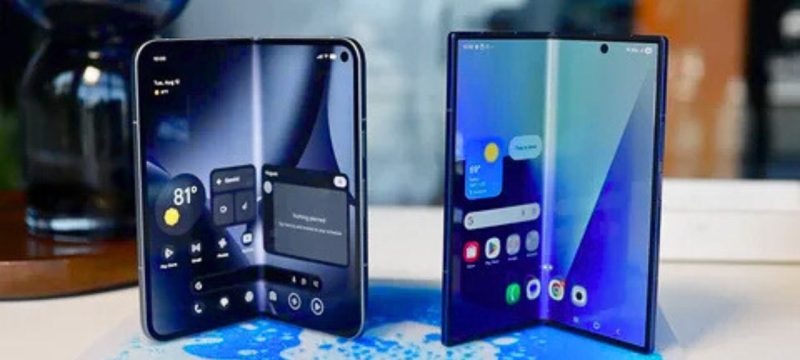Foldable smartphones are no longer just futuristic concepts. With the launch of the Pixel 10 Pro Fold vs Galaxy Z Fold 7, the market now has two powerful contenders redefining the premium smartphone space. Both devices bring innovation, but each appeals to a different kind of user.
Design and Display
When it comes to design, both phones impress with sleek aesthetics and high-quality build. The Pixel 10 Pro Fold offers a slimmer profile, while the Galaxy Z Fold 7 continues Samsung’s tradition of premium foldables.
- Pixel 10 Pro Fold features a vibrant 7.9-inch OLED foldable screen.
- Galaxy Z Fold 7 includes a 7.8-inch AMOLED panel with adaptive refresh rates.
- Both provide water resistance, but Samsung has an edge in durability.
Camera Capabilities
Google’s Pixel line is known for photography, and the Pixel 10 Pro Fold enhances this reputation with AI-powered imaging. The Galaxy Z Fold 7, however, offers a more versatile lens system for different shooting scenarios.
- Pixel 10 Pro Fold: 50MP main sensor, 48MP telephoto, enhanced night mode.
- Galaxy Z Fold 7: Triple-lens setup with improved stabilization for video.
- Both models excel in selfies and low-light performance.
Performance and Battery
In performance, both foldables are built for multitasking and gaming. Google’s device benefits from its Tensor G4 chip, while Samsung uses the Snapdragon 8 Gen 4 for higher speed. Battery life remains a concern for foldables, but improvements are noticeable.
- Pixel 10 Pro Fold: 4,900 mAh battery with 65W fast charging.
- Galaxy Z Fold 7: 5,000 mAh battery optimized for efficiency.
- Both support wireless charging and extended power modes.
For readers following smartphone trends, experts also highlight how mid-range devices are evolving. For example, cheaper iPhone 15 models with improved camera sensors show that even non-foldables are catching up with premium features.
Pixel 10 Pro Fold vs Galaxy Z Fold 7: Which One Wins?
Choosing between the Pixel 10 Pro Fold vs the Galaxy Z Fold 7 depends on priorities. Google’s foldable is ideal for photography lovers and those seeking AI-driven experiences, while Samsung’s flagship appeals to users wanting durability and multitasking efficiency. Both define the future of foldables, leaving the ultimate choice to personal preference.







